All Stories
-
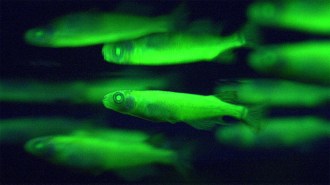 Science & Society
Science & SocietySome science seems silly, but it’s still worthwhile
The Salmon Cannon and the Levitating Frog contends that curiosity-driven research helps us understand the world and could lead to unexpected benefits.
By Karen Kwon -
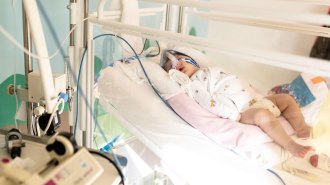 Health & Medicine
Health & MedicineRSV wasn’t as hard on U.S. babies last winter. This may be why
Two preventive tools — a maternal vaccine and a monoclonal antibody — were tied to a recent drop in RSV hospitalization rates for U.S. babies.
-
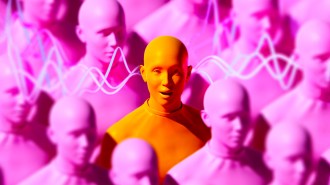 Tech
TechNew audio tech could let you listen privately without headphones
Private listening out in the open is possible thanks to acoustic metasurfaces that precisely bend and direct sound waves.
-
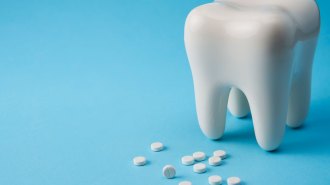 Health & Medicine
Health & MedicineFDA plan to ban fluoride supplements baffles and alarms dental experts
Fluoride supplements have been used in the United States for decades and have proven to be safe and effective for decreasing cavities.
-
 Health & Medicine
Health & MedicineAn at-home cervical cancer screening device was OK‘d by the FDA
The Teal Wand, an at-home HPV testing device that could replace a Pap smear, could broaden access to cervical cancer screening.
By Meghan Rosen -
 Genetics
GeneticsWhat gene makes orange cats orange? Scientists figured it out
Researchers found the gene and genetic variation behind orange fur in most domestic cats, solving a decades-long mystery.
-
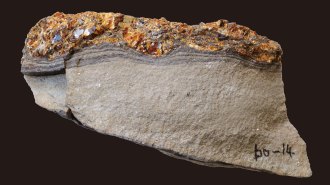 Oceans
OceansSeafloor amber may hold hints of a tsunami 115 million years ago
Oddly shaped deposits of tree resin point to massive waves that struck northern Japan roughly 115 million years ago and swept a forest into the sea.
-
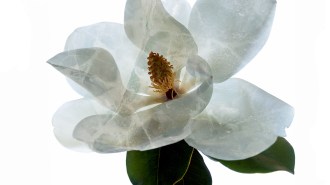 Plants
PlantsCryopreservation is not sci-fi. It may save plants from extinction
Not all plants can be stored in a seed bank. Cryopreservation offers an alternative, but critics question whether this form of conservation will work.
By Sujata Gupta -
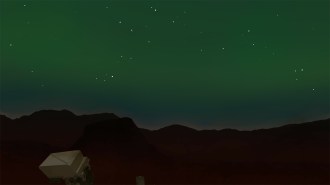 Space
SpacePerseverance takes the first picture of a visible Martian aurora
A faint yet visible Martian aurora is the first instance of the phenomenon spotted from another planet's surface.
By Nikk Ogasa -
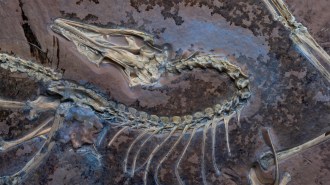 Paleontology
PaleontologyThis exquisite Archaeopteryx fossil reveals how flight took off in birds
Analyses unveiled never-before-seen feathers and bones from the first known bird, strengthening the case that Archaeopteryx could fly.
-
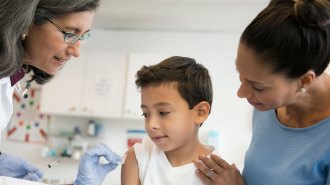 Health & Medicine
Health & MedicineHHS says new vaccines should be tested against placebos. They already are
Placebo testing has been part of the process since the 1940s. It’s unclear what additional measures would achieve — but it may slow development.
-
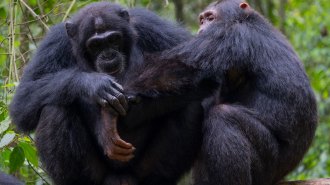 Animals
AnimalsWild chimpanzees give first aid to each other
A study in Uganda shows how often chimps use medicinal plants and other forms of health care — and what that says about the roots of human medicine.